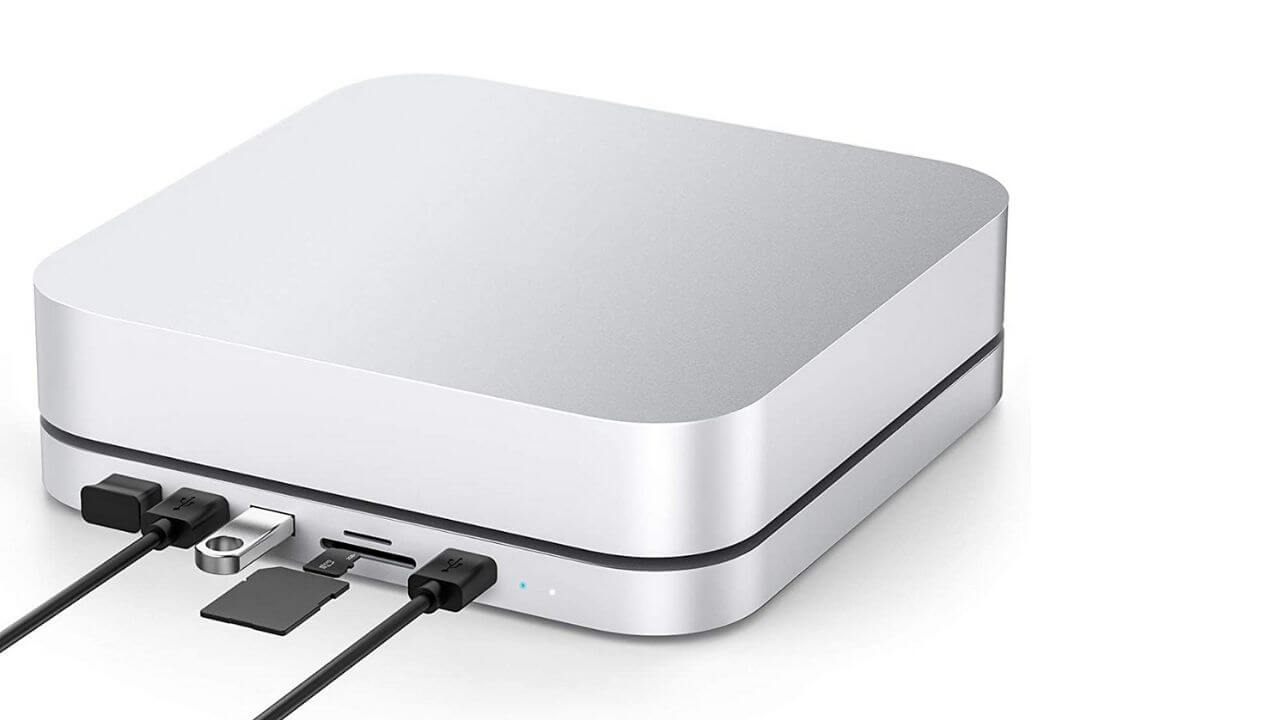


One last warning: don’t try cloning its internal SSD to an external disk ‘so that you can boot from that’. The best reasons that I know for wanting to boot an M1 Mac from an external disk are when you need to be able to run several different versions of macOS, perhaps for testing purposes. External boot disks don’t add anything here. If the fault or failure is so great that it can’t be put into Recovery, then you’re most unlikely to be able to get it to boot from an external disk, and will either have to put it into DFU mode for a refresh or restore using Apple Configurator 2, or hand it over to an Apple technician to diagnose. From there you have access to all the standard tools, including diagnostic testing. If your Mac has a problem, it’s designed so that you should be able to boot it into Recovery, by pressing the Power button until the display shows that it’s loading Options. Unless you perform serious surgery on them (don’t!), there’s simply no other way that you can start them up. Unlike Intel Macs, M1 models always start their boot process from their internal SSD.

That’s how it’s designed to work, and that’s how it works best, even when it’s not working properly. While we’re looking at external storage for M1 series Macs, let’s also consider which are suitable for use as external bootable disks.īefore going any further, allow me to reiterate: unless you’ve got a compelling reason, only ever boot your M1 Mac from its internal SSD.


 0 kommentar(er)
0 kommentar(er)
